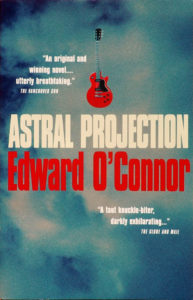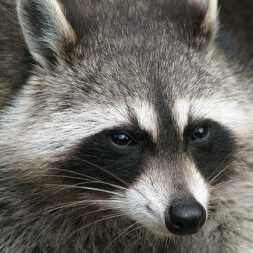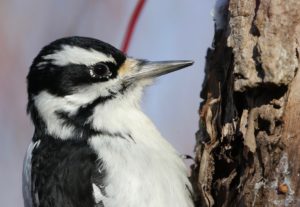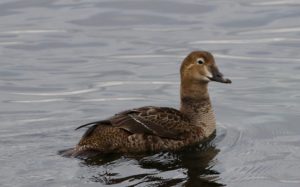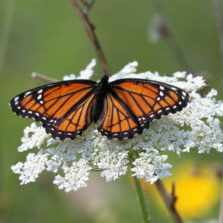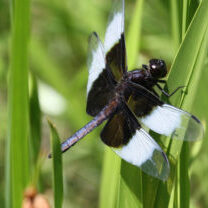Take a second look …
The yellow eyes of the Saw-whet Owl are so startling, their gaze so steady, that we tend to ignore everything else. It’s easy to miss the trace of blood just below the owl’s bill, a smear of something that changes the way we look at the bird, that deepens our understanding of it. What discoveries might we make if we took that second look more often, if we trained ourselves to see?
Latest Posts
Green Is the Color of Hope: Stalking the Black-legged Meadow Katydid
I. The photo This all started at the end of September 2019, when a friend emailed me a photo she’d taken of a Black-legged Meadow Katydid. My friend and I are birders, and we share a subsidiary interest in butterflies and dragonflies. But katydids? I’d never seen one, so had never felt the urge to pursue and photograph them in the way I did those other creatures. As soon as the photo appeared on my computer screen, I was fascinated. A katydid looks something like a grasshopper, but a grasshopper whose various body parts have all been struck by a … Read more
Read MoreOne Woodpecker: A Photo Essay
Most birders I know have a weakness for woodpeckers. It’s partly the drumming that seduces us: that monotone hammering woodpeckers make every spring to claim a territory and find a mate. But it’s also their shape and color. Shape because every part of a woodpecker’s anatomy—bill, skull, ribcage, tail feathers, and feet—has been adapted to its peculiar foraging techniques on the trunks of trees. Color because most North American woodpeckers are something like the Tuxedo Cat of the avian world, clothed in a simple but striking arrangement of black-and-white plumage, often with a Scarlet Pimpernel dash of red somewhere on … Read more
Read MoreTwo Eiders: A Photo Essay
I biked down to the Leslie Street Spit the other day to look for winter birds and brought a camera with me in case anything good turned up. “The Spit,” as it’s known in Toronto, is a former landfill in the east end of the city that juts into Lake Ontario for about five kilometers (three miles). A disused lighthouse stands at the far end, and a paved loop road makes cycling an easy affair. Otherwise, the land is covered with habitats that include wetlands, wildflower meadows, and patchy forests of cottonwood, poplar, and birch. In winter, with the wind … Read more
Read More